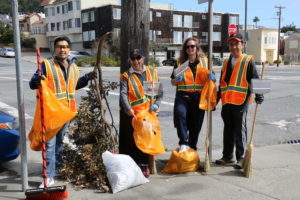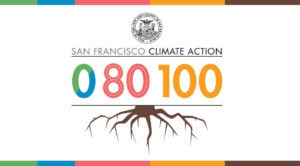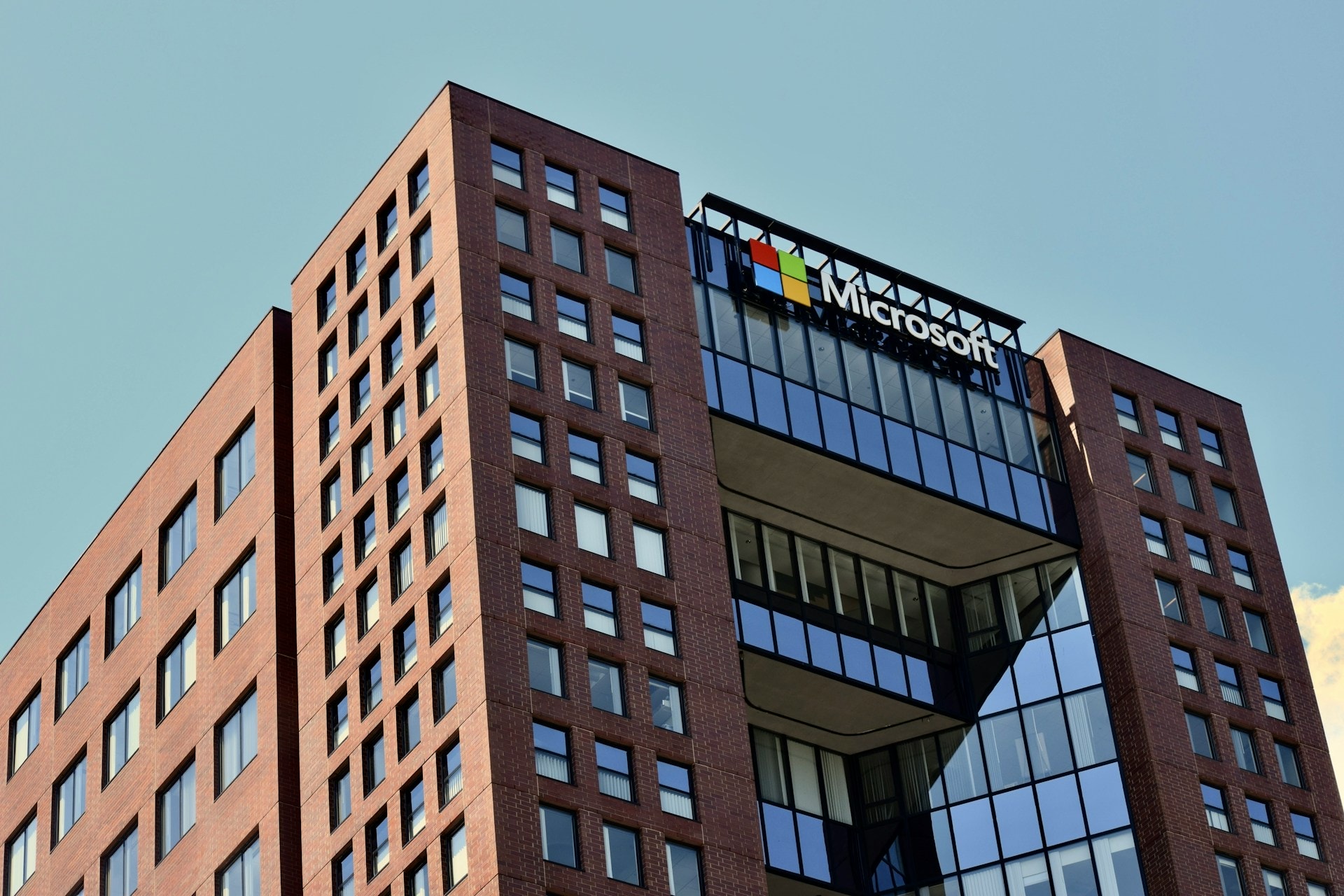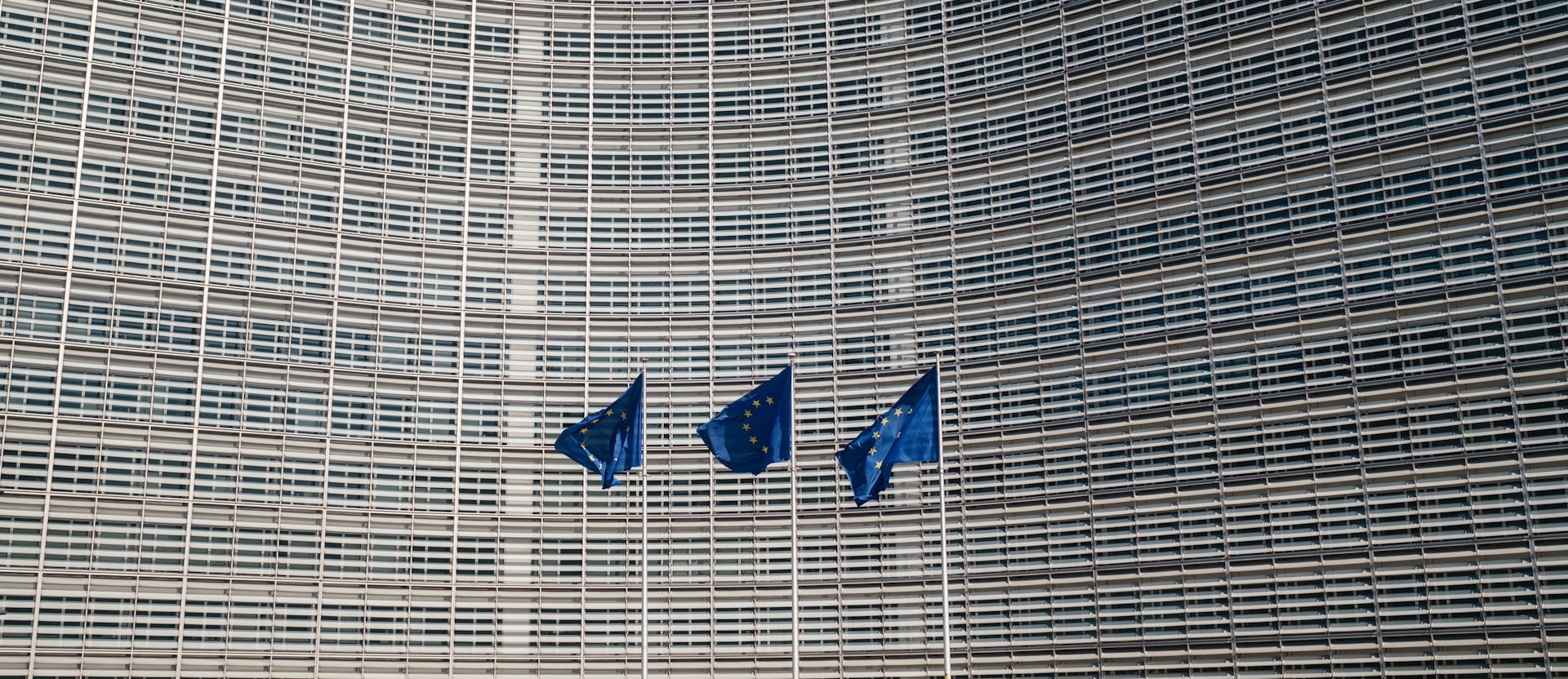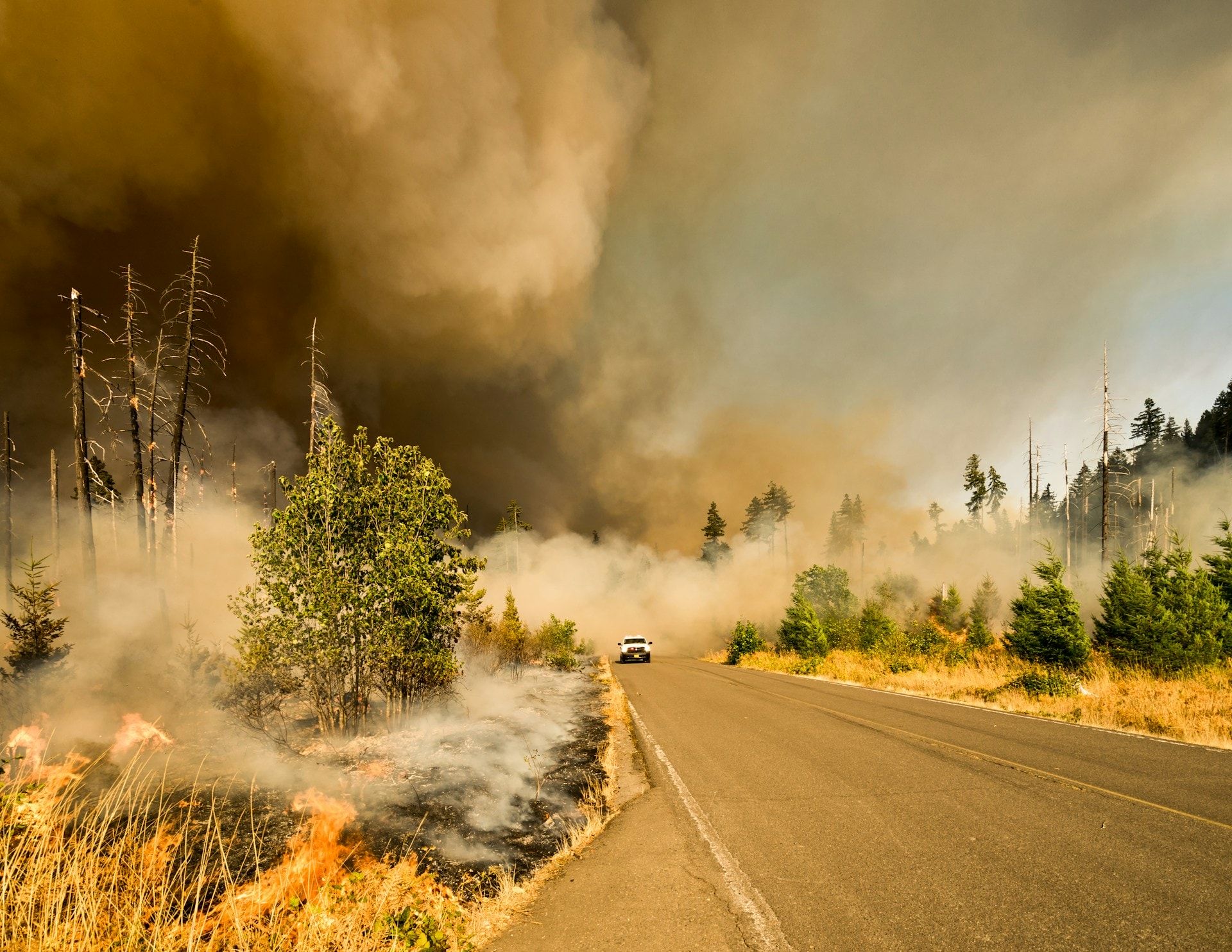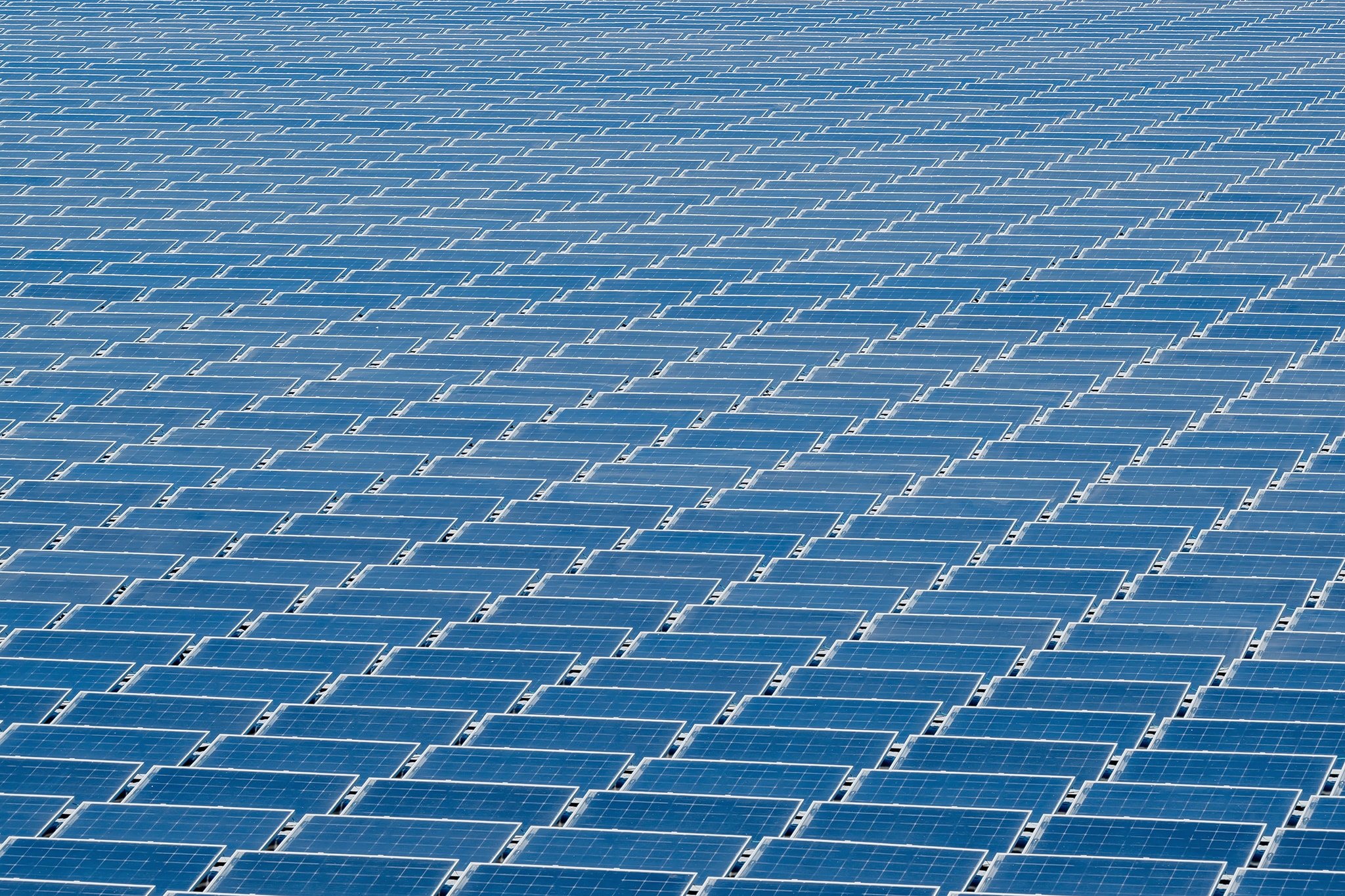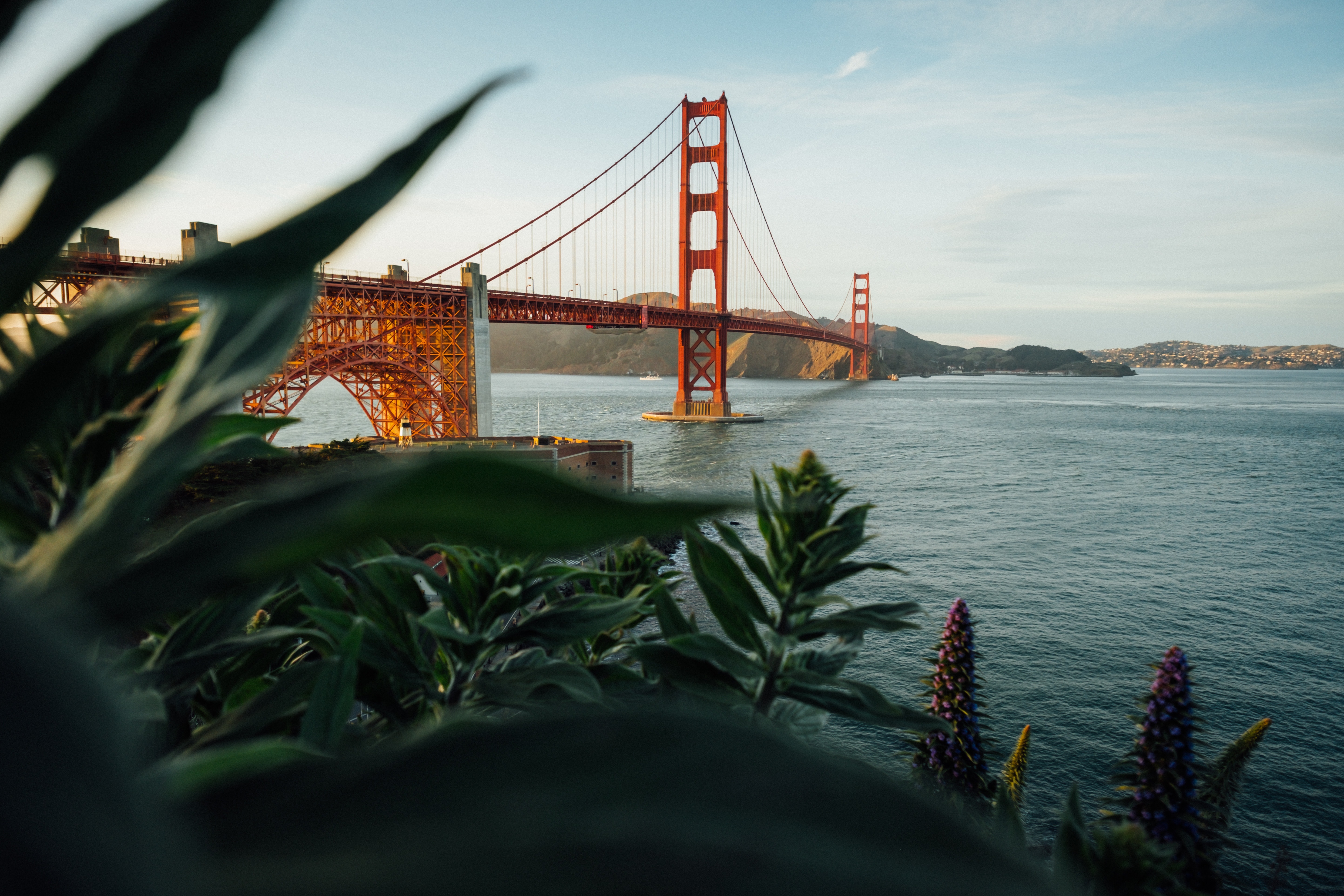We are living in a time of existential threat from climate change. Snow pack around the world is measured in inches rather than yards. Torrential “rain bombs” wreak havoc on crops and cities. Rising seas flood our coastal cities, creating a new class of refugees. In California, we recently suffered the most destructive fires we have ever seen, with pollution from the fires impacting air quality in cities hundreds of miles away.
The bombardment of images and headlines describing the devastation surrounding us can have a perverse effect. Rather than leading to an up swell of passion and attention, I see the presence of a new affliction—eco-anxiety. The world’s problems feel like too much for one person or business to take on, and the scale of the impacts on our way of life makes us want to cover our heads and tune out. We feel hopeless, particularly as we watch our own federal government ignore the science and procrastinate on taking action.
The danger is that this chronic eco-anxiety leads to apathy. We stop doing the things we know make a difference because it feels like nothing we do could matter. We disconnect ourselves from nature because the loss of species and ecosystems feels too fundamental to bear. Such disconnection with our planet ultimately leads to isolation, fear and depression.
In the Photo: Love Our city-citywide cleanup, San Francisco, CA, Sept., 8, 2018. Photo Credit: San Francisco Public Works
But I believe there are antidotes to eco-anxiety—action and connection. The paradox is, of course, that letting go of the whole and simply putting one foot in front of the other is exactly the way to break out of our hopelessness and isolation and feel the changes we know are needed. I am not alone in this belief. San Francisco’s leaders have been on the front-lines of environmental action for decades. They understand how important local leadership becomes when national leaders refuse to act and even roll back progress. They understand that if we are serious about a carbon free future, we must connect with businesses, residents, non-governmental organizations and like-minded civil leaders.
This fundamental understanding that policy implementation requires a range of partners has allowed us to make significant progress. We’ve reduced greenhouse gas emissions 30 percent below 1990 levels while our population has increased by 20 percent and the economy has grown by 111 percent. Our simple, but elegant communications framework for articulating our climate action strategies—“0-80-100-Roots”—contextualizes the actions necessary to meet the challenges of climate change.
Photo Credit: San Francisco Department of the Environment
We will send 0 percent of waste sent to landfill. San Francisco’s commitment to zero waste goes back more than a century and calls for avoiding all incineration. We are re-framing the concept of “waste” management as “resource” management. In addition to robust multi-stream recycling, we pull all organic materials out of our “resource” stream and turn it into compost. This valuable resource supports local agriculture—reducing the need for pesticides and increasing the soil’s ability to retain water and sequester carbon.
We are moving towards having 80 percent of all trips being taken in sustainable modes of transportation (biking, walking, public transportation) by enhancing our mass transit system, increasing our biking infrastructure and ensuring that walking in the city continues to be an attractive option.
Our march to 100 percent renewable electricity by 2030 accelerates with every new customer who signs up for the city-sponsored CleanPowerSF. And we’re almost there—77 percent of our electricity supply is already greenhouse gas-free. We will continue to reduce emissions by electrifying all of our building energy needs and switching to 100 percent renewable energy. By 2030, new buildings constructed in San Francisco will be net-zero carbon and existing buildings will be net-zero carbon by 2050.
While 0-80-100 can be thought of as the City’s outline for doing less harm, our Roots goal is about doing more good—or healing the planet. In a very literal sense this goal is about pulling carbon dioxide emissions from the air, by planting trees and using our compost to increase soil’s carbon storage capacity. In a more figurative sense, this goal highlights San Francisco’s initiatives to create green space and community gardens, connect neighbors, and protect local biodiversity—all of which bring us back to our very human “Roots” of caring for each other and the planet. Study after study has shown that a primary indicator of neighborhood resiliency is whether the residents know each other, so using green infrastructure projects to build connections supports San Francisco’s overall resiliency plans.
In the Photo: Global Climate Action Summit Tree Planting, San Francisco, CA, Sept. 11., 2018 Photo Credit: San Francisco Public Works
Related Articles:
![]() “SAN FRANCISCO, CA: A LIVABLE FUTURE DESPITE ‘THE NEW ABNORMAL'”
“SAN FRANCISCO, CA: A LIVABLE FUTURE DESPITE ‘THE NEW ABNORMAL'”
by London Breed
![]() “WE CAN GET THERE FROM HERE: SUSTAINABILITY IN A CONSUMER-BESOTTED WORLD”
“WE CAN GET THERE FROM HERE: SUSTAINABILITY IN A CONSUMER-BESOTTED WORLD”
While articulating a carbon free future in a way that speaks to diverse players has been crucial to engaging them, we know that funding this carbon free future will be a challenge, so we will issue more green bonds. We will build climate resilient infrastructure, which offers safer, more durable investments for investors, thereby lowering interest rates and saving the City money.
The path forward won’t be easy, but San Francisco is not content to wait and see what will be done about climate change at the federal or even state level. We are using our political will and power of choice to express our values.
These are bold goals. The path forward won’t be easy, but San Francisco is not content to wait and see what will be done about climate change at the federal or even state level. We are using our political will and power of choice to express our values.
We are rehearsing our bold ideas for healing the planet in our own urban laboratory and pushing those ideas to the farthest corners of the world.
I hope that other cities will join us in this rehearsal for the future. It is only by connecting to each other and taking collective action that we will be able to meet the challenge of climate change.



